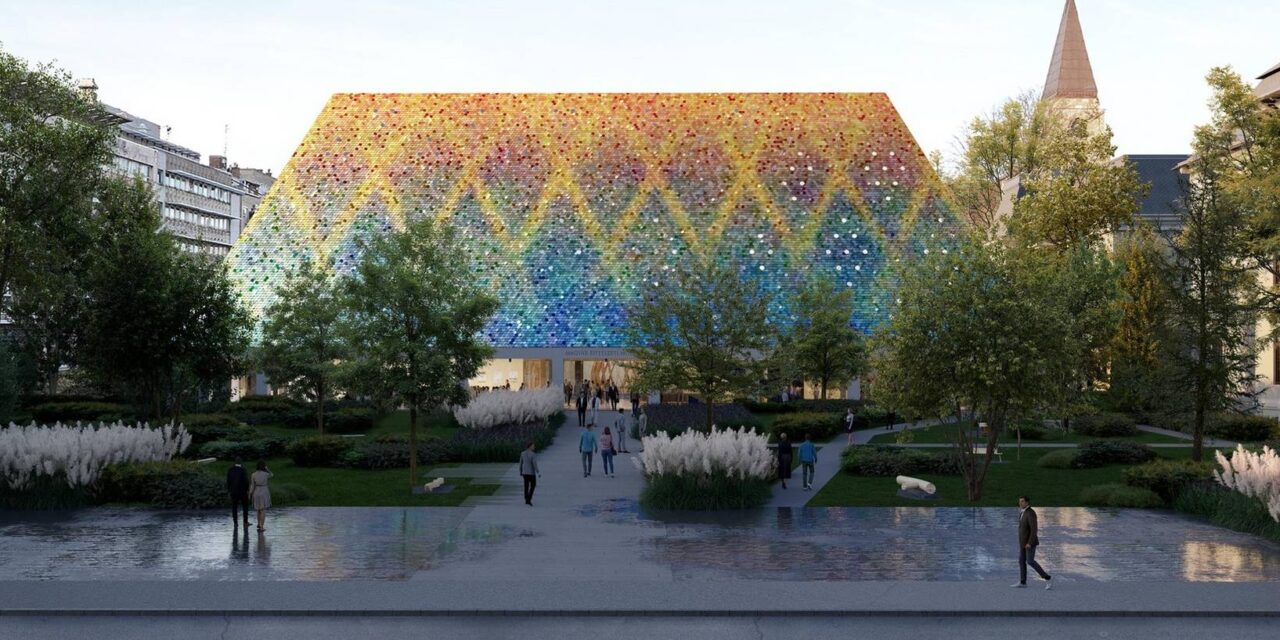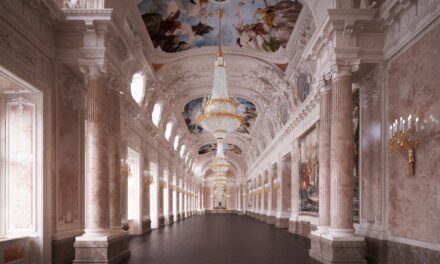It looks like Hungarian architecture will finally have a museum after a long wait, as the tender for the development and transformation of the area of the former BM Hospital has been closed.
This is already the 2nd design competition for the creation of the Hungarian Museum of Architecture, and we really hope that this time the winning design will actually be built.
Once upon a time, the news broke that Hungarian architecture would have a modern, independent museum, since no matter how incredible, the legacy of the architects, blueprints, models, etc., which has been in operation for decades, collection, the Hungarian Museum of Architecture still does not have a building where they can be exhibited - with the exception of the recently renovated Walter Rózsi Villa.
At least this was the case until December 11, when the results of the tender for the design of the Hungarian Architecture Center and Museum were announced. Those who follow the architectural press may have a sense of déjà vu, because a few years ago - in 2021 - there was already a competition with award winners, but then the judging committee called for a new competition, because
"although the received entries contained many valuable, original proposals", the judging committee did not find any work that met the guidelines set out in the call.
At the beginning of this summer, the design tender for the design of the Hungarian Architectural Center and Museum, which is still located at Városliget fasor 9–13, was re-opened. number, that is, it is in the area of the former BM Hospital.
The goal was to design a complex of buildings that would accommodate the collections and new exhibition space of the Hungarian Architectural Museum and Documentation Center for the Protection of Monuments (MÉM MDK), as well as help fulfill its public institution functions.
"The new main building is symmetrical like a church, mysterious like a barn, shining like a palace"
– can be read in the BIVAK description.
The tender BIVAK and Tér és Forma Építéz Iroda , who designed an exciting main building that reminds us of the Zsolnay roof of Budapest's iconic buildings, as well as a traditional barn. It is interesting how the designers combined urban and folk elements, as well as traditional and contemporary solutions. Moreover, the part in front of the new building will not have a fence, so anyone can visit the garden, which is also a good idea because the openness will perhaps attract more visitors. We look forward to seeing how the further planning and the life of Budapest's new museum will develop.
(Cover photo: BIVAK)













